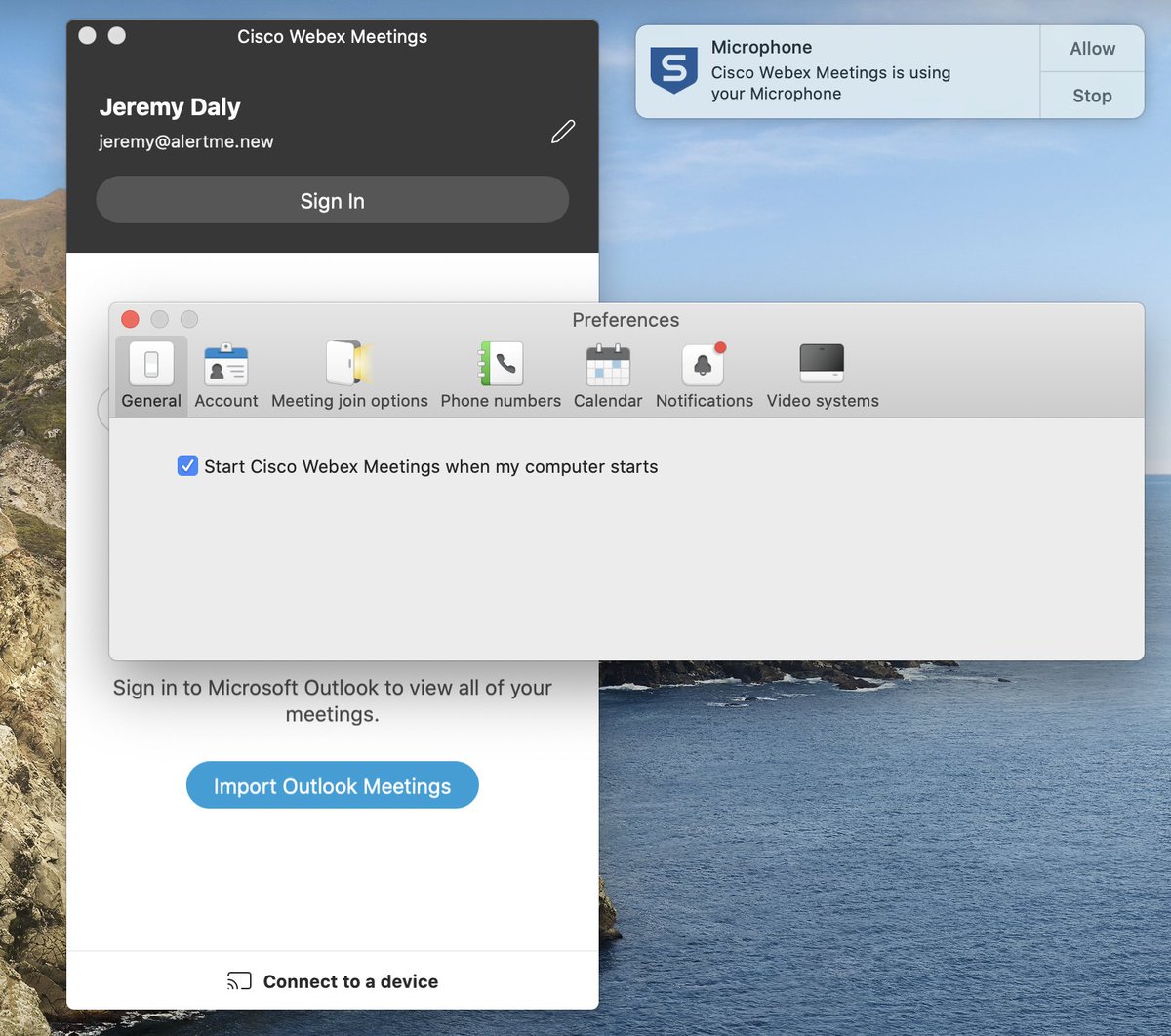
And still others hide nested menus that lead to yet more buried options.

Others change the view inside of the Back Stage pane. Some (Open, Save, Save As) trigger a dialog box. Worse still, each of these UI conventions works in a different way.

Instead of the drop-down menu that appears on all previous ribbonized applications (including the Windows 7 Paint and WordPad accessories), Office 2010 presents you with a dedicated, full-window pane containing a schizophrenic array of buttons, button menus, and hyperlink-like text labels.

I'm referring, of course, to the new Back Stage view that pops up whenever you click the File tab in any of these applications. Word, Excel, and PowerPoint are all infected with what I've dubbed the Back Stage Virus. Why Microsoft devoted the lion's share of the Outlook ribbon toolbar to this kludge is beyond me, but its collaboration-heavy default button set has me thinking this was another bright idea from the SharePoint group. And don't get me started on that abomination called Quick Steps, which is anything but quick to figure out or use effectively. Likewise, the Send/Receive All Folders button - which used to be the dominant feature of the toolbars in Office 2007 and earlier - has been reorganized into its own ribbon tab group, along with a bunch of other options (dial-up?!) that few people ever use.Īll of the above translates into more hunting and clicking to accomplish the same tasks I've been doing for years under every previous version of Outlook. Once again, Microsoft developers have moved stuff around, shifting the locations of common menu items and generally making me hunt around for what should be easily accessible tasks.įor example, the location of the Empty Folder item on the Junk Email folder's context menu: In their infinite wisdom, Microsoft's engineers saw fit to relocate it to a position lower on the menu surface, forcing me to throw out years of muscle-memory training and to relearn how to expediently expel Outlook's collected spam filter bile. In fact, much of my frustration with the new suite revolves around Microsoft's stodgy old messaging client. I never had this sort of problem with Outlook 2007. I find myself closing Outlook 2010 in between e-mail checking sessions because it's simply too demanding to leave open all the time. The individual applications load like molasses on my Windows 7-based netbook, and common tasks - like checking for new mail across several hosted POP3 accounts - chew up way too many CPU cycles.

The default color scheme is a ghastly gradient gray blur, while the new Outlook Scenic Ribbon toolbar is a disorganized mess.īut most important, Office 2010 is slow. Office 2010 is clunky - that's the first word that comes to mind as I meander around the recently leaked official beta release (build.


 0 kommentar(er)
0 kommentar(er)
